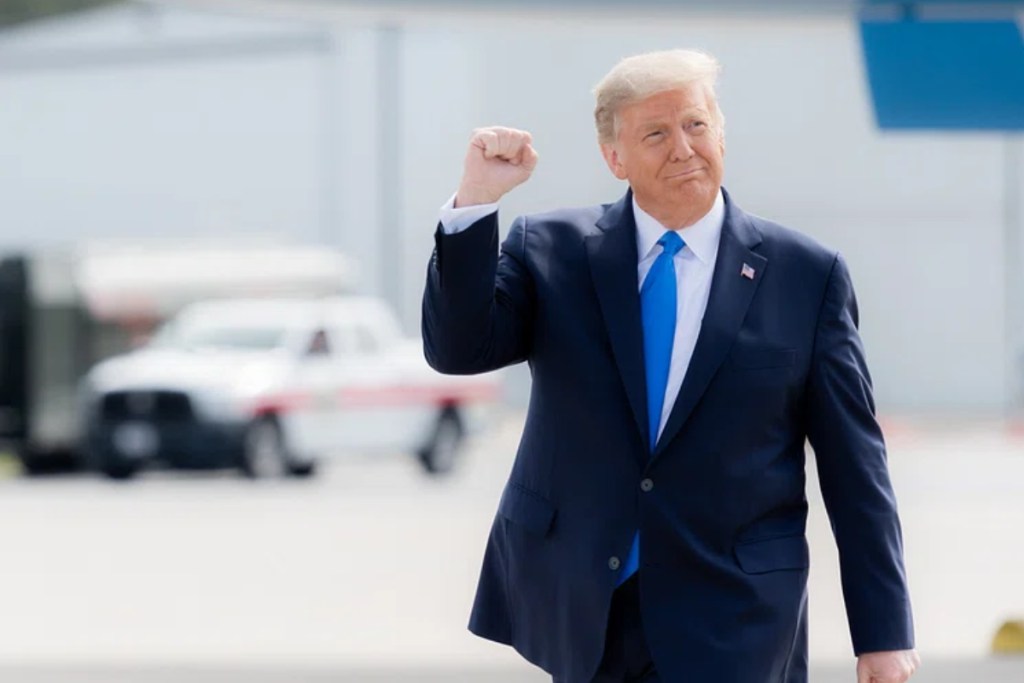President Trump on May 8 announced a new trade framework with the United Kingdom, easing select tariffs and opening market access for American goods in agriculture, autos, and aerospace. While the announcement was hailed as a “breakthrough,” the agreement leaves key issues unresolved, including digital taxes and metal duties—prompting supply chain leaders to weigh its practical value against lingering uncertainty.
Targeted Gains for Key Sectors
The new trade framework offers modest relief for U.S. and U.K. supply chains strained by months of escalating tariffs. U.K. automotive manufacturers, particularly luxury and performance brands such as Jaguar Land Rover and Aston Martin, will benefit from a sharply reduced 10% tariff cap on up to 100,000 vehicles exported to the U.S.—a significant drop from the previous 27.5% rate. In return, the U.K. will accelerate customs processing for U.S. goods and expand access for American agricultural exports, including beef and ethanol.
In aerospace, Rolls-Royce engine components will enter the U.S. market duty-free, and British Airways’ parent company is expected to place a $10 billion order for Boeing aircraft. These moves offer immediate gains for transatlantic trade flows in sectors with tightly integrated manufacturing and logistics footprints.
However, much of the agreement remains provisional. Steel and aluminum tariffs—previously a major point of contention—are not formally lifted but will be subject to further negotiation. Similarly, the U.K.’s digital services tax, which affects major U.S. tech firms, will remain in place as both sides work toward a digital trade pact. Talks are also ongoing around pharmaceuticals, critical minerals, and high-tech sectors like semiconductors, quantum computing, and nuclear fusion.
Trade Built on Volatility
While the deal sends a short-term signal of market stability—reflected in a modest rally in U.S. equities—its structure lacks the clarity and durability supply chain leaders typically require. The 10% tariff ceiling for U.K. goods may appear favorable, but Trump has made clear that it will not serve as a benchmark for other countries. This one-off approach undermines predictability and forces procurement teams to plan against a moving baseline of trade rules.
Moreover, the framework’s announcement comes amid a broader 90-day pause on Trump’s newly imposed 145% tariffs on Chinese imports. Unlike the U.K., most trading partners face steeper hurdles, reinforcing the administration’s preference for bilateral concessions over multilateral consistency. This environment complicates global sourcing decisions, particularly for companies with multi-country supplier footprints.
From a policy standpoint, the deal is notable for what it avoids: there is no sweeping free trade agreement, no regulatory harmonization, and no dispute resolution mechanism. Instead, it reflects a piecemeal, transactional model—one that may deliver tactical wins but lacks a strategic anchor for long-term planning.
Supply Chain Strategy Meets Policy Uncertainty
The U.S.–U.K. trade agreement delivers targeted relief for select industries, but its fragmented scope reflects the complexity of navigating today’s trade environment. For supply chain leaders, the takeaway is less about immediate gains and more about recalibrating assumptions around trade stability. As policy decisions continue to evolve outside the bounds of traditional frameworks, operational strategies will need to balance responsiveness with long-term structural resilience.




